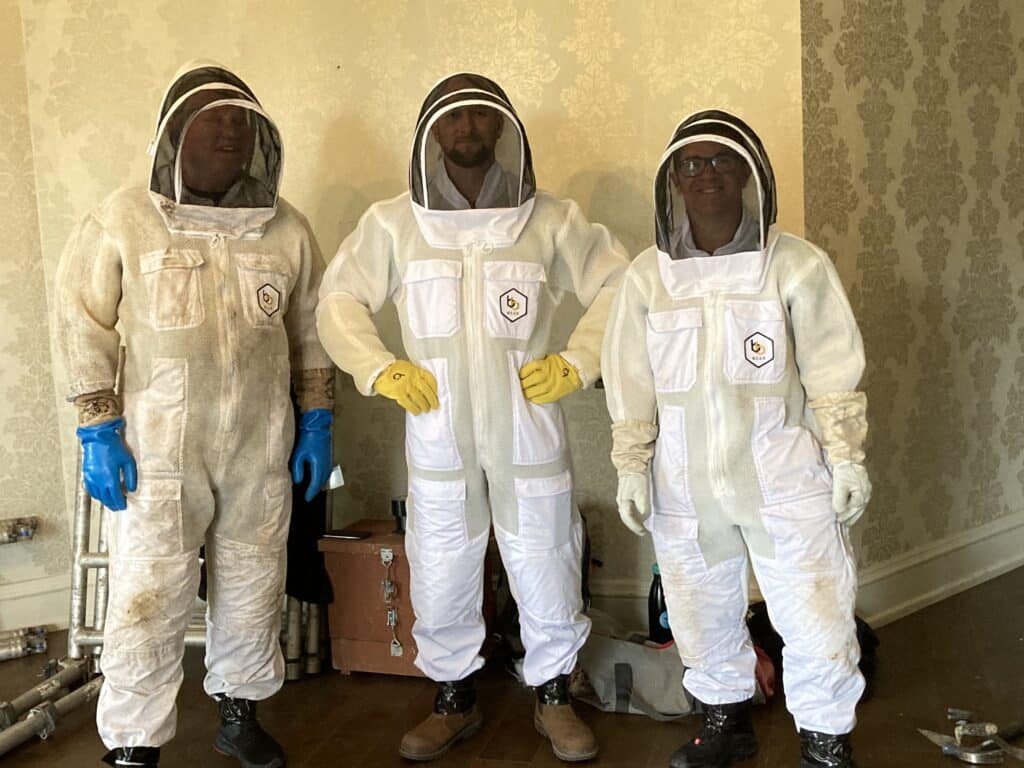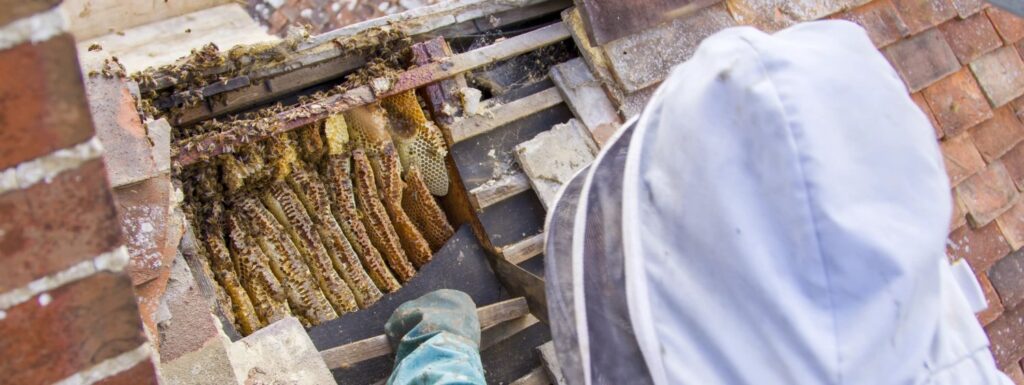
Best Way to Get Rid of Bees Nest: Safe and Effective Methods
Bees play a crucial role in our ecosystem, helping to pollinate plants and produce honey. However, when a bees nest becomes a nuisance or poses a threat to your family and property, it’s essential to find the best way to get rid of the bees nest. In this article, we will discuss various methods for bee removal, emphasizing the importance of live honeybee and comb removal, as well as highlighting the need for proofing the area where the bees were removed. We will also touch on the significance of finding a live honeybee removal service that offers a guarantee on their work in case the bees return.
Understanding the Different Types of Bees
Before diving into the best methods to get rid of a bees nest, it’s essential to identify the type of bees you’re dealing with. Some common types of bees include:
Honeybees: These bees are small and narrow, with a fuzzy appearance. They are crucial for pollination and honey production. These can either be collected in a box by a beekeeper or if they’re in your property then you will need to seek professional help.
Bumblebees: These bees are larger and rounder, with a fuzzy appearance. They are also important pollinators but do not produce honey. These die off at the end of the season so it’s normally recommended to just leave them if they’re causing an issue.
Carpenter bees: Similar in appearance to bumblebees, these bees can cause structural damage by burrowing into wood to create nests.
It’s crucial to properly identify the type of bee to ensure that the best way to get rid of the bees nest is applied.

Methods for an established Honeybee colony
1. Live Honeybee and Comb Removal: (Recommended)
The best way to get rid of a bees nest, particularly for honeybees, is live honeybee and comb removal. This method involves safely removing the bees and their honeycomb from your property without causing harm to the bees. Not only is this method environmentally responsible, but it also ensures that the honeycomb is removed, preventing further issues such as honey dripping through the ceiling or secondary pest infestations.
2. Cut Out Live Bee Removal Method
This method is the most effective for removing a colony of bees, as it involves cutting out the honeycomb and safely relocating the bees. If the honeycomb is not removed, you risk honey leaking through the ceiling and attracting other pests. It is essential to hire a professional live honeybee removal service to perform this task, as they have the expertise and equipment necessary to safely and effectively remove the bees and their honeycomb.
3. Sealing Bees In
While sealing bees in might seem like a quick and easy solution, it is not recommended. Failure to remove the honeycomb can lead to secondary pest infestations and honey leaking through the ceiling. Furthermore, sealing all entry points may cause the bees to die off, which is not an environmentally responsible solution.
4. Spraying Bees
Spraying bees with insecticides is illegal in some countries, such as the UK, due to the potential misuse of insecticides. Moreover, this method does not address the issue of the honeycomb remaining in the void space, which can lead to further complications.
5. Smoking Bees Out
This method is not recommended due to the risk of causing a fire, especially if the colony is located in a chimney. Smoking bees out may work for a new colony, but it is not a safe or effective solution for established colonies.

Methods for Swarm Removal
If you’re dealing with a swarm of bees, rather than an established colony, there are a few methods for safe removal:
1. Collecting Bees in a Box
This method involves contacting a local beekeeper to come and collect the bees using a box. This is an effective solution if the bees are easily accessible. You can find a list of beekeepers who will remove swarms for you through the British Beekeepers Association.
2. Bee Vac
A bee vacuum is a useful tool for picking up loose bees but will not work on bees established in a building unless they are exposed.
Proofing the Area
Once the bees have been safely removed, it’s essential to proof the area to prevent bees from returning to the same location. This can involve sealing gaps or cracks in the structure, filling in hollow tree trunks, or repairing any structural damage caused by the bees.
Finding a Live Honeybee Removal Service with a Guarantee
When searching for a live honeybee removal service, it’s crucial to find one that offers a guarantee on their work, ensuring that they will return to address any issues if the bees come back. This provides peace of mind and ensures the best way to get rid of the bees nest is applied.
In conclusion, the best way to get rid of a bees nest is live honeybee and comb removal, followed by proofing the area to prevent bees from returning. It’s essential to work with a professional live honeybee removal service that offers a guarantee on their work, ensuring that any issues are addressed if the bees return. By taking these steps, you can safely and effectively remove a bees nest from your property while promoting the survival and well-being of these essential pollinators.






